Look, I’ll be honest with you. I got into the storage business after a personal disaster.
I stored my late father’s wooden boat-building tools in a cheap unit. They were my most prized possessions. Six months later, I opened the door to a smell I’ll never forget. Damp. Mold. The metal was rusted, and the wooden handles were warped. The unit had felt fine when I rented it, but the floor was just a thin layer of concrete over dirt, and moisture had seeped up, slowly destroying everything.
I was heartbroken. And furious at myself.
That’s when I learned that most of us have no idea what to look for in a storage unit. We look at price and size. We might check the lock. But we miss the important stuff. The stuff that actually protects your things.
So, let me tell you what I learned the hard way.
Forget the door for a second. Look at the floor
Seriously, get down on one knee and knock on it. Does it feel solid? Or does it sound hollow? A good floor is a thick, poured concrete slab. But here’s the secret no one tells you: it’s what’s under the concrete that matters.
A great facility will have a heavy-duty plastic vapor barrier laid down before the concrete is ever poured. This stops ground moisture from wicking up into your unit. That moisture is a silent killer. It ruins photo albums, makes clothes smell, and turns wood into junk. If the floor isn’t right, walk away.
Now, tap on the walls
This feels silly, but do it. Are they hollow? Can you hear the echo? Many cheaper places use thin, interior-style walls between units. You’re basically sharing air with your neighbor. If they have a pest problem or a moisture problem, it becomes your problem.
What you want are solid, exterior-grade walls. Your unit should be its own standalone fortress, not just a cubicle in an office park. This makes a huge difference in temperature stability and, frankly, in keeping your stuff truly separate from everyone else’s.
The door seal is everything
When you look at a unit, roll the door down and then look at the gap from the inside. See any light? If you do, that’s a problem. That gap lets in dust, bugs, and driven rain. A proper door has a thick, rubber gasket that creates an airtight seal when it’s closed. It should look and feel like the seal on your refrigerator door. No compromises.
The Climate Control Lie
This is a big one. People think, “I’ll pay for climate control, and I’m safe.” Not true. If the unit is poorly built—with thin walls and a bad door seal—the climate control system is fighting a losing battle. It’s like trying to heat your house with all the windows open. The cold, dry air you’re paying for just leaks out. It’s incredibly inefficient and can still lead to damp spots and temperature swings.
Real climate control only works in a tightly built unit. The building itself has to be part of the system.
This is why we built our place the way we did
After my disaster, I became a little obsessive. At Plaza Mini Storage, we don’t have any fancy tricks. We just built the place we wished I’d rented.
- Our floors are thick concrete with that crucial plastic barrier underneath. I’ll show you the construction photos if you want.
- Every unit has its own proper walls. You’re not sharing anything with anyone.
- We spent extra on the doors and seals. It seemed like a small thing, but it’s not. It’s the difference between a dry unit and a damp one.
We’re not the flashiest place in town, and we’re okay with that. We’re the dry, safe, and solid place. The place where your stuff doesn’t just sit—it survives, perfectly, until you need it again.
Don’t make my mistake. Come down, feel the floor, and slam the door. You’ll know the difference immediately.

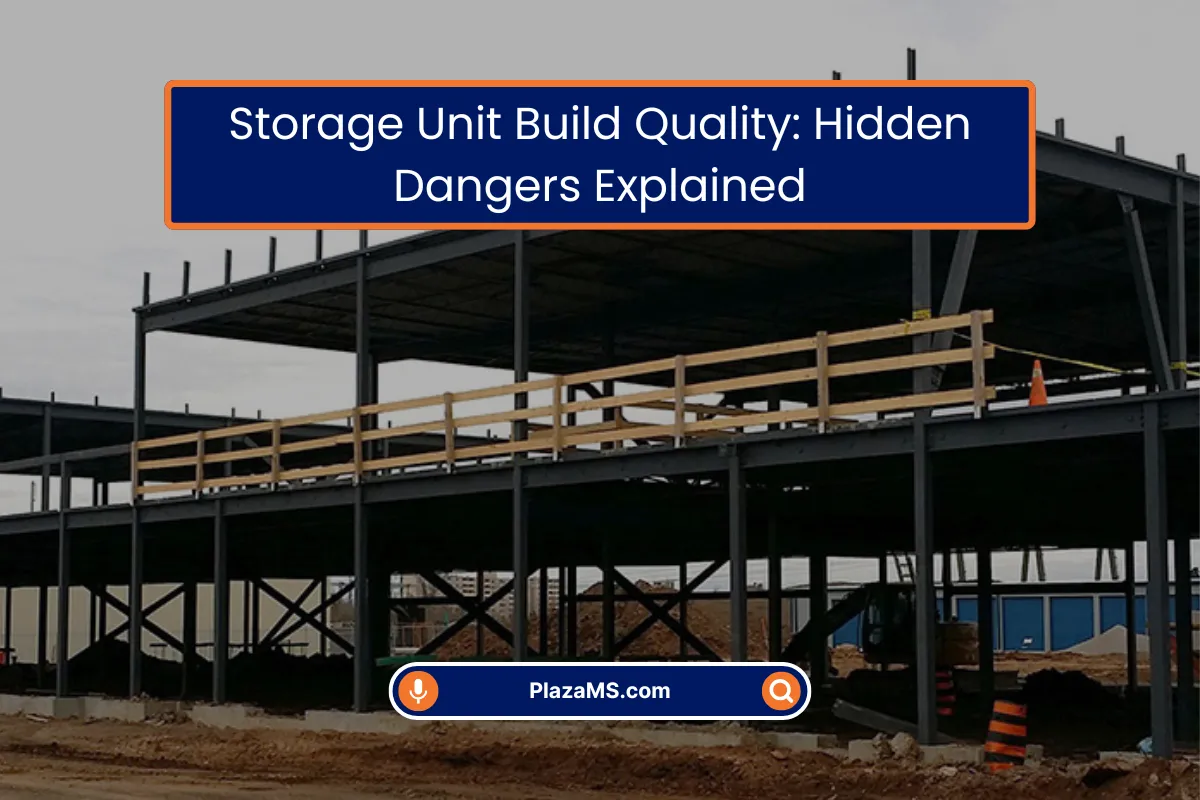
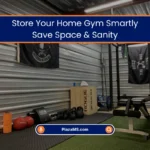
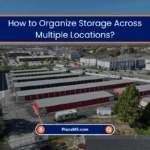
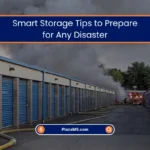


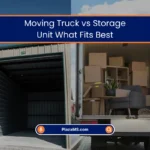




0 Comments